Archaeological Site in Wanggung-ri [UNESCO World Heritage] (익산 왕궁리유적 [유네스코 세계문화유산])
Archaeological Site in Wanggung-ri [UNESCO World Heritage] (익산 왕궁리유적 [유네스코 세계문화유산])
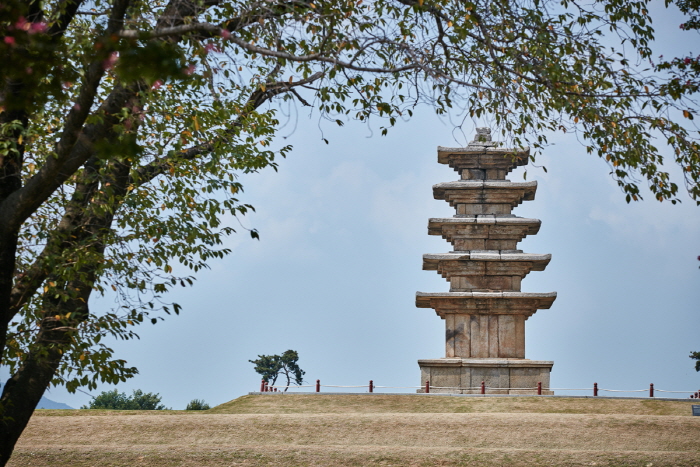 – Homepage
– Homepage
www.iksan.go.kr
www.cha.go.kr
– Tel
+82-63-859-4631
Archaeological Site in Wanggung-ri, designated as Historic Site No. 408 on September 17, 1998, has a surface area of 216,862 square meters. The site has various structures and artifacts from Baekje dynasty to unified Silla period. Artifacts were found within the rectangular-shaped fortress site that surrounds Wanggungri Five-story Stone Pagoda, National Treasure No. 289.
– Address : 666, Gungseong-ro, Iksan-si, Jeonbuk-do
※ Presentation Information
– Capacity
100 people
– Experience Guide
Hands-on activities available
– Information and Guides
• 1330 Travel Hotline: +82-2-1330
(Korean, English, Japanese, Chinese)
• For more info: +82-63-859-4631
– Parking
Available (10 large-sized cars / 50 small-sized cars)
– Day Off
Mondays, New Year’s Day
– Operating Hours
Exhibition Hall 09:00-18:00
– Available Facilities
Pavilion, walking path, lecture room, drinking fountain, etc.
– Restrooms
Available
– Admission Fees
Free
– Parking Fees
Free
– Reservation Info. for Foreigners
Website and phone reservation
– Interpretation Services Offered
Available (English, Chinese, Japanese)
Advance reservation required +82-63-859-4631
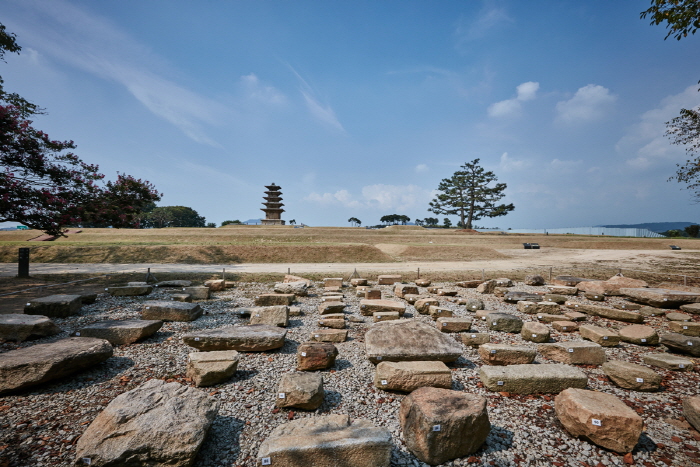
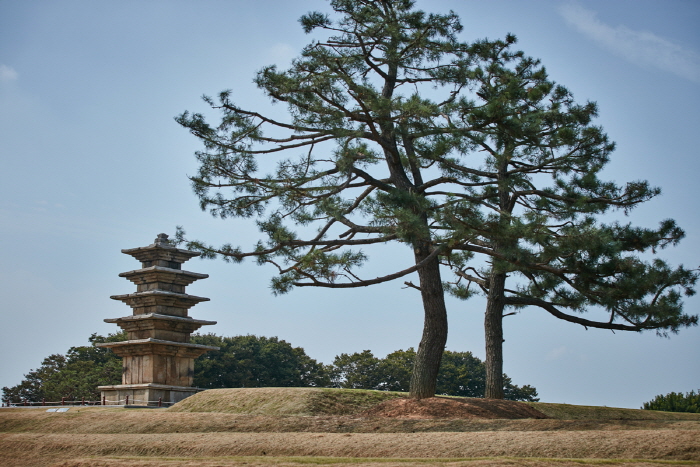
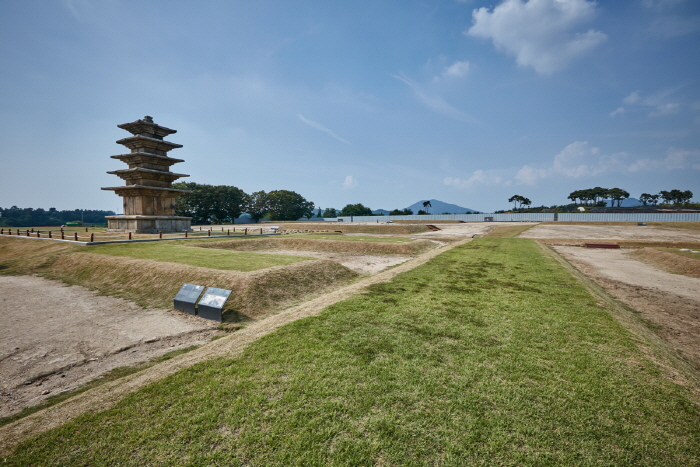
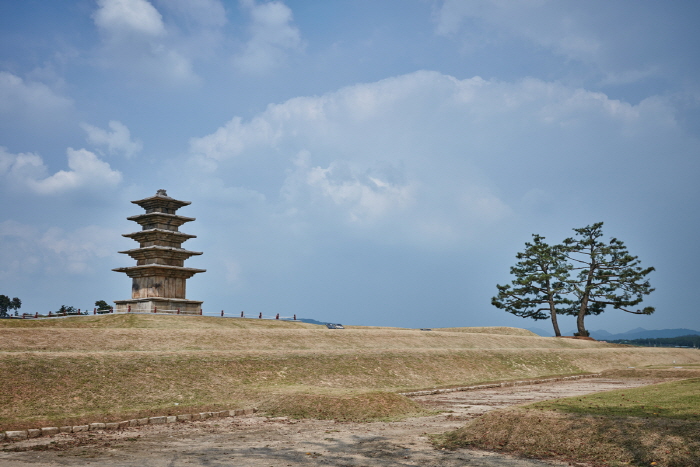
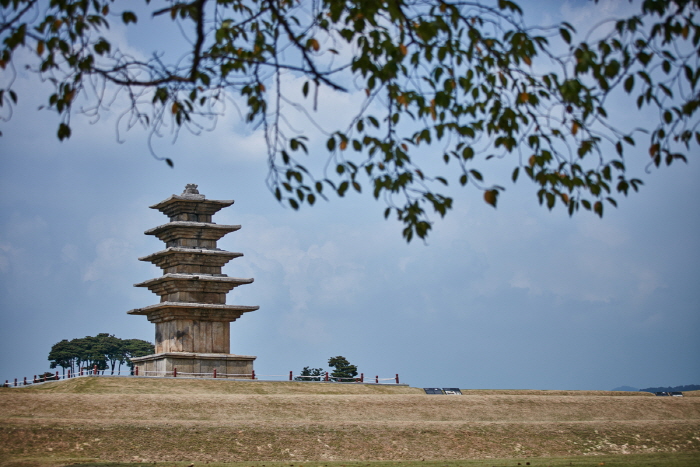
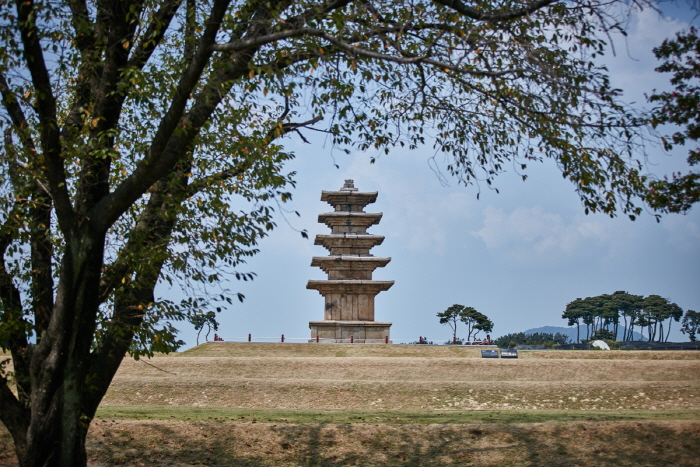
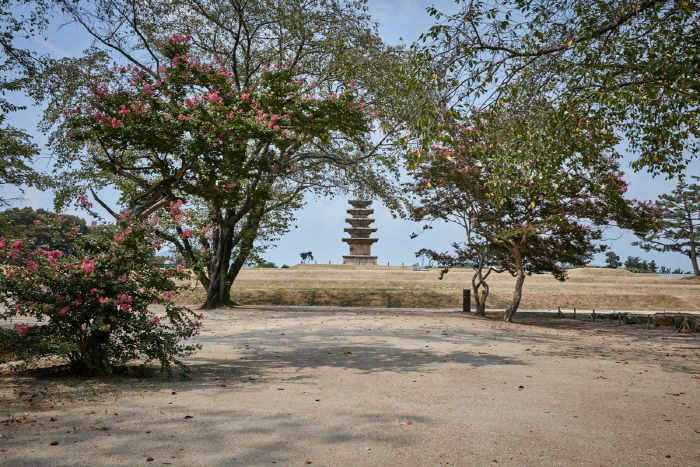
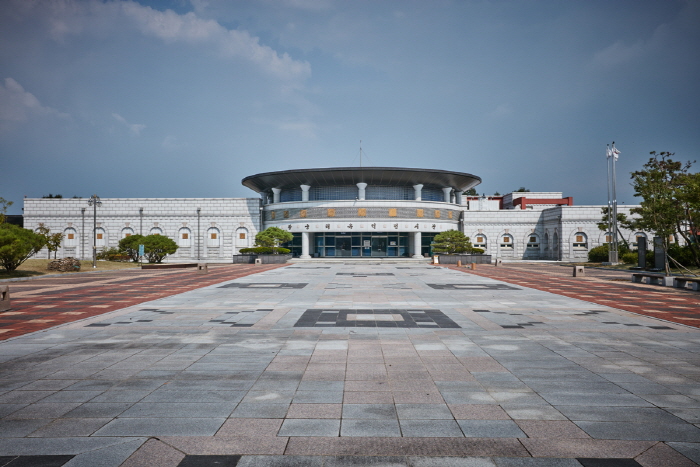

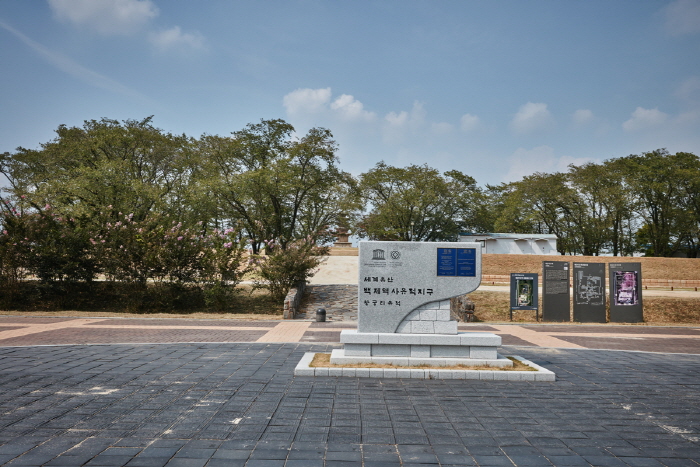
◎ Nearby Tourism Infobox
⊙ Samcheok Cheokjudonghaebi & Pyeongsutochanbi Monuments (삼척 척주동해비 및 평수토찬비)
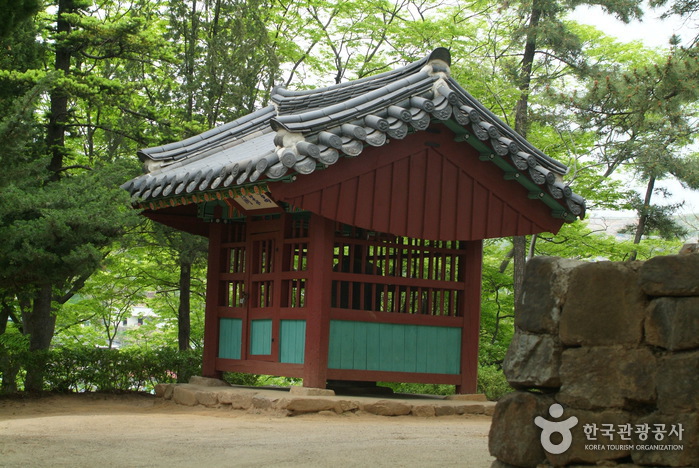
– Homepage
www.samcheok.go.kr
www.cha.go.kr
– Tel
+82-33-859-5708
Erected by Heo Mok, the governor of Samcheok during the second year of King Hyeonjeong’s reign (1661), Cheokjudonghaebi Monument is 170 centimeters tall. It was originally built to protect the village on Mallido Island that had been frequently inundated by heavy rain and rough waves. It is believed that the mystical inscription, penned by Heo Mok, on the monument calmed the rough sea waves. Today, the monument stands to prove the wisdom and distinguished penmanship of the former Samcheok City Governor.
Pyeongsutochan-bi Monument is 145 centimeters tall. It was erected by Heo Mok’s successor and former governor of Samcheok, Jung Un-cheol, in reverence for his wise forebear. The monument contains
48 ancient Chinese characters that describe many achievements of Heo Mok.
⊙ Wanggung Five-story Stone Pagoda (익산 왕궁리 오층석탑)
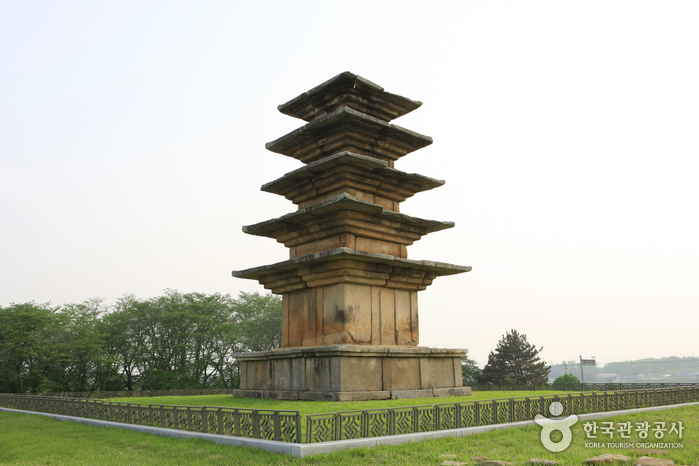
– Homepage
www.iksan.go.kr/tour
www.cha.go.kr
– Tel
+82-63-859-5708
The Wanggung Five-story Stone Pagoda is located on a hill about 2 kilometers south of Wanggung-myeon in Iksan, which is believed to have been the capital of the nation during the Mahan Era. The pagoda stands tall at 8.5 meters and was officially designated as a National Treasure. Relics from the Goryeo dynasty that were found inside the pagoda were designated as a National Treasure and are currently housed in the National Museum of Korea. Of the excavated relics, the most famous; the Sarijangeomgu, a magnificent container of Buddha’s Sarira; the green glass Sarira bottle topped with a lotus-shaped stopper; and the Sungeumgeumganggyeongpan, which contains the 19 golden plates of the Diamond Sutra.
⊙ Café Deoki (카페 덕기)

Café Deoki is a large-scale cafe that opened in 2022. It is well-known for its banana greenhouse, which houses over 100 trees, and also cultivates tangerine trees. Their signature menu items include tangerine juice and banana pudding made from crops grown on-site. The café, known for its exotic banana greenhouse and the entire ambiance, is famous as a photo spot.
⊙ Iksan Godori Standing Stone Buddha (익산 고도리 석조여래입상)
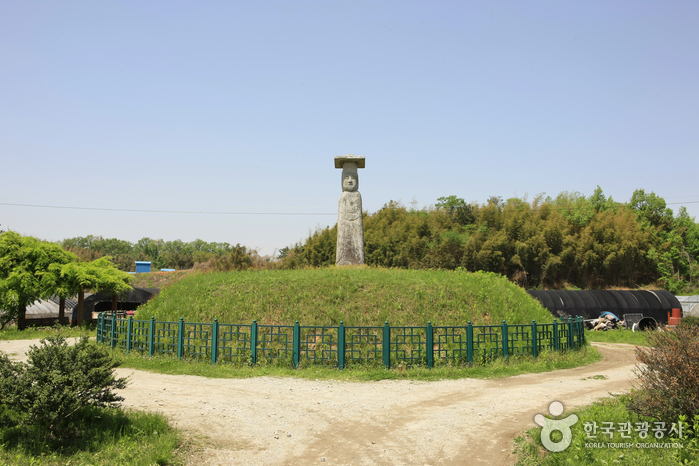
– Homepage
www.iksan.go.kr (Korean, English, Japanese, Chinese)
www.cha.go.kr (Korean, English, Japanese, Chinese)
– Tel
+82-63-859-5792
Iksan Godori Standing Stone Buddha is Treasure No. 46. The two Buddha statues (each measuring 424 cm) stand face-to-face at a distance of 200 meters apart and tell the story of an eternal, but unrequited love.
According to legend, the two Buddhas (one male, one female) are lovers that can only meet for one night in the twelfth month of the lunar calendar. After the sunset on that special day, the lovers are allowed to meet, but must return to their respective positions before the rooster crows at dawn.
The two statues are very representative of the Goryeo era, which produced many stone statues with minimal expression of the physical body. True to the era, each Buddha has almost no curves and is depicted with plain clothing and barely distinguishable arms.
On their heads, the Buddhas wear a crown topped with another square hat. With their square faces, small eyes, pug noses, and small lips, the Buddhas are reminiscent of guardian deities typically placed at the entrance of villages.

![Uniqlo – Lotte Mall Gunsan Branch [Tax Refund Shop] (유니클로 롯데몰군산)](https://ktrip.blogsailing.com/wp-content/uploads/2025/11/2888414_image2_1-768x576.jpg)
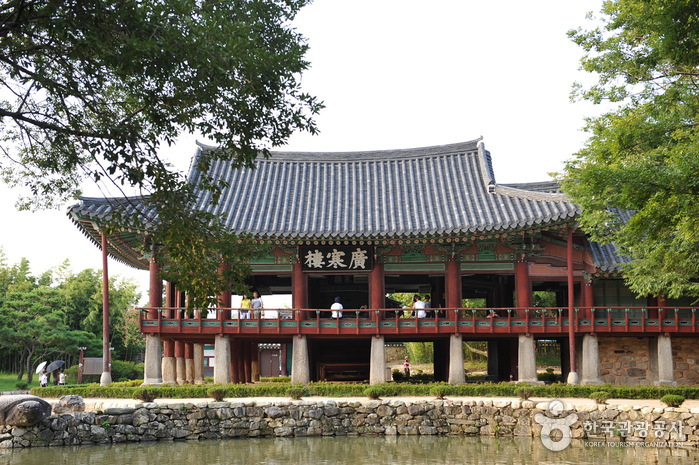
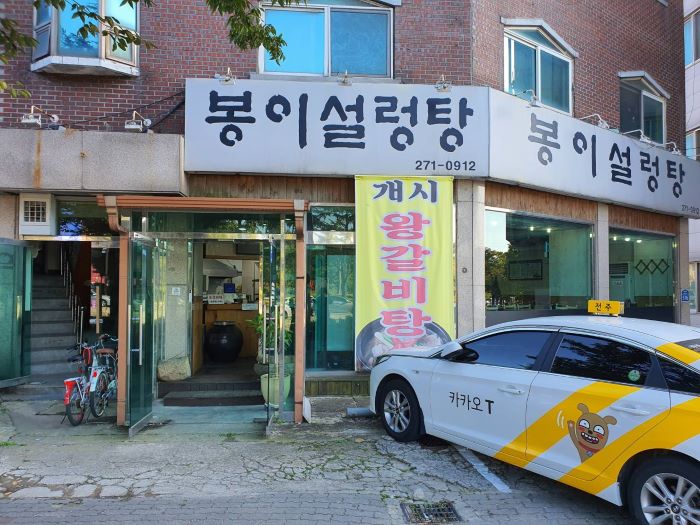
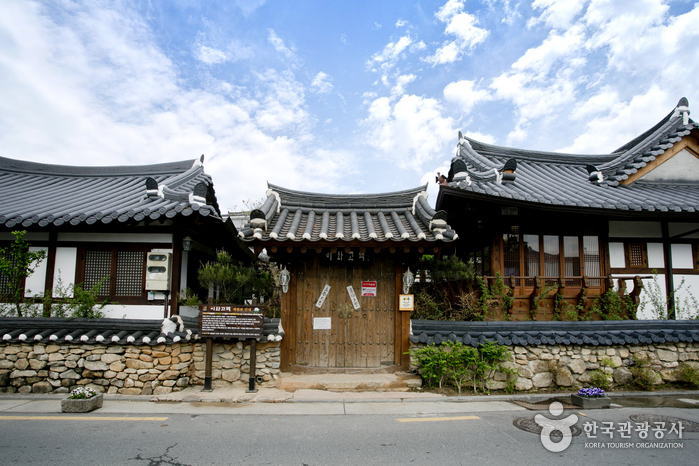
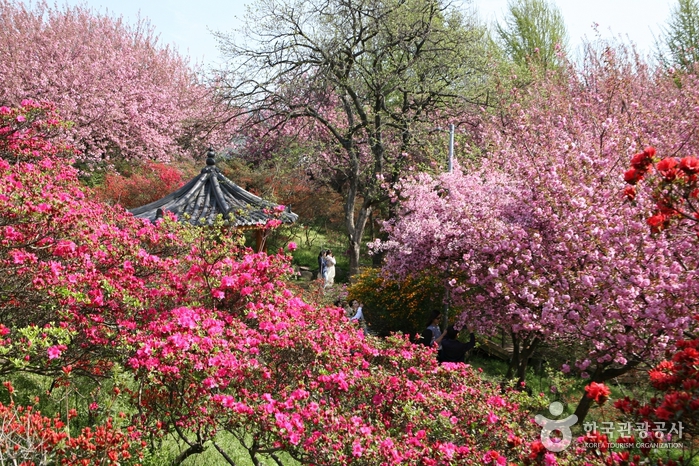
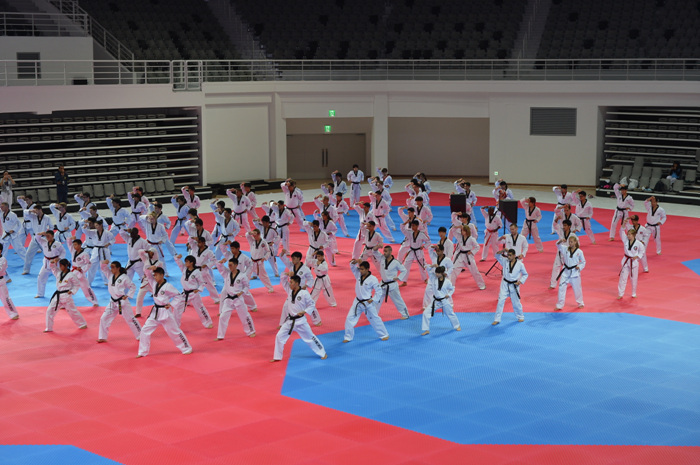
2 Comments